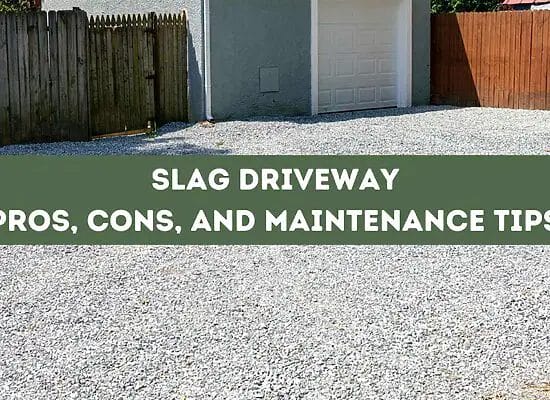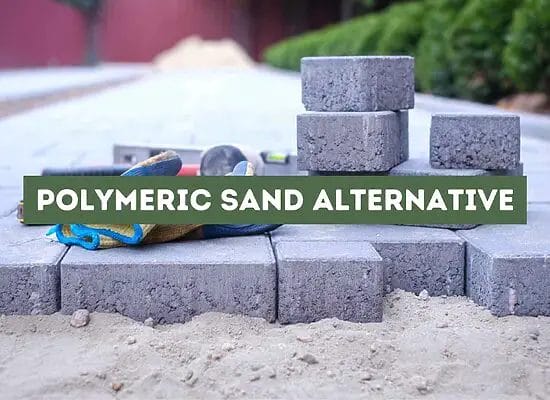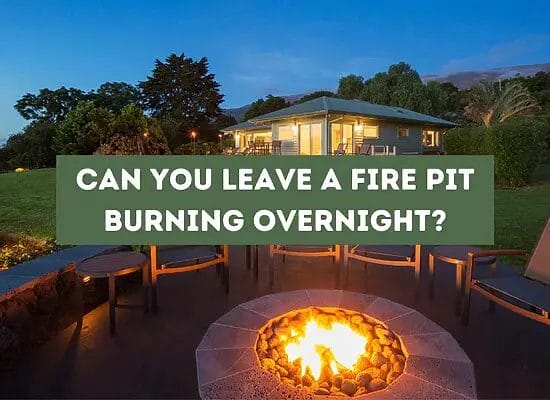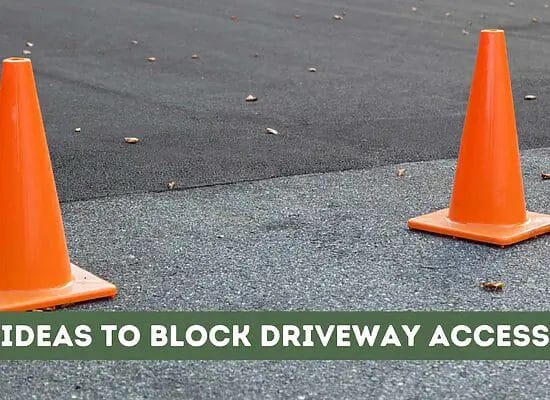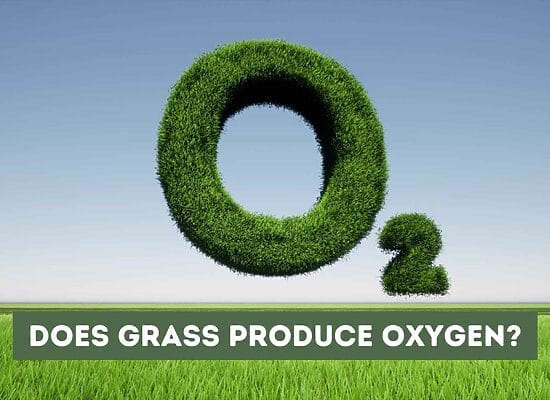
As the weather warms up, many of us are eager to fire up our grills and enjoy some delicious barbecue. However, when it’s raining or too cold outside, we might be tempted to move the grill into the garage for a more comfortable cooking experience without exposing ourselves to adverse weather conditions or the inconvenience of setting up an outdoor cooking area.
But is it safe to grill in the garage? Well, there are safety concerns when it comes to grilling in a garage, which include the risk of fire, chemical exposure, and poor ventilation. The type of grill you choose to use also has a significant impact on the safety of your garage grilling experience, as some grills are more dangerous in enclosed spaces than others.
Key takeaways:
- Grilling in a garage poses safety concerns, including fire risk, chemical exposure, and poor ventilation.
- One main risk is carbon monoxide poisoning, as the toxic gas is produced when fuel is burned in propane or charcoal grills.
- Fire risk is higher in garages due to the presence of flammable materials and chemicals.
- Ventilation is critical, as garages often lack proper ventilation, even with open doors.
- Electric grills can be safer alternatives for garage grilling as they do not produce carbon monoxide and do not require an open flame.
- Keep a fire extinguisher nearby for emergencies.
- Consider alternative grilling locations to ensure safety and eliminate risks associated with grilling in the garage.
Risks of Grilling in the Garage
Grilling in the garage, while convenient in some situations, presents several risks that can be harmful to both your health and your property. Understanding these risks, is crucial to minimize the dangers involved in garage grilling.
Carbon Monoxide Hazards
One of the primary risks of grilling in the garage is the potential for carbon monoxide (CO) poisoning. Carbon monoxide is a toxic, odorless gas produced when fuel is burned, such as with propane or charcoal grills. When grilling inside the garage, CO can build up in the enclosed space, leading to dangerous levels.
Symptoms of CO poisoning include headache, dizziness, nausea, and vomiting. If you experience these symptoms while grilling in the garage, stop grilling immediately and seek fresh air.
Fire Risk
Grilling in the garage puts you at a higher risk of fire, regardless of whether the garage door is open or not. Many garages contain flammable materials and chemicals, which can easily ignite if exposed to an open flame or extreme heat.
The National Fire Protection Association reports that there are over 10,600 fires involving grills every year. To ensure safety, it is crucial to store flammable materials and chemicals away from the grilling area and maintain a safe distance between the grill and other objects in the garage.
Ventilation Issues
Another crucial aspect to consider when grilling inside the garage is ventilation. Even with the garage door open, garages often lack proper ventilation, which can trap smoke, carbon monoxide, and other harmful fumes inside the space. This not only poses a health risk but can also create a significant fire hazard.
Electric grills can be a safer alternative to use in the garage, as they produce less carbon monoxide and generally do not require an open flame. Nevertheless, proper safety precautions and adequate ventilation should still be a priority when grilling indoors.
Types of Grills and Their Safety Concerns
When considering the safety of grilling inside your garage, it’s crucial to understand the risks posed by different types of grills.
Gas Grill
Gas grills are involved in an average of 8,900 home fires per year. The main issue with gas grills are leaks or breaks, which contribute to 10% of structure fires and 22% of outdoor fires.
Grilling inside your garage with a gas grill can pose a risk due to propane leaks, which can lead to a fire or explosion if not properly ventilated. Additionally, carbon monoxide can accumulate, causing health hazards.
Charcoal Grill
Charcoal grills also come with safety concerns when used in a garage. The primary danger from using a charcoal grill inside your garage comes from the production of carbon monoxide, which is a deadly, odorless, and colorless gas. When charcoal is burned, it releases carbon monoxide that can quickly build up in an enclosed space, such as a garage, even with the garage door open.
Electric Grill
Electric grills are considered to be safer for indoor grilling and garage use. These grills do not produce open flames and do not emit carbon monoxide since they rely on electricity to generate heat.
However, it’s still essential to be cautious and ensure proper ventilation when using them in your garage. Additionally, a fire extinguisher should be kept close by for emergencies.
Pellet Grill
Pellet grills, including brands like Traeger, operate using wood pellets as fuel. While they provide impressive temperature control and flavor, they also present some risks when used inside the garage.
Like charcoal grills, pellet grills produce carbon monoxide, which can accumulate in confined spaces. Moreover, sparks from the grill can ignite nearby flammable materials stored in the garage.
How to Safely Grill in the Garage?
Grilling inside a garage requires special precautions to ensure safety and avoid carbon monoxide poisoning. In this section, we will discuss how to position the grill, choose an appropriate grill type, and ensure proper ventilation when grilling in a garage.
Positioning the Grill
When you decide to grill inside the garage, it’s crucial to maintain a safe distance from walls, flammable materials, and vehicles. The garage door should be open to allow proper ventilation and release of carbon monoxide. It’s also wise to keep a fire extinguisher nearby in case of an emergency.
Choosing a Grill Type
Using the right type of grill is essential for grilling safely in a garage. Do not use charcoal or gas grills, as they produce carbon monoxide, which presents a serious risk if used indoors or with a partially open garage door.
Instead, consider using an indoor-rated electric grill, which are designed to be safe for indoor use. These grills do not have an open flame and do not produce carbon monoxide, making them suitable for garage grilling. An additional safety measure is to avoid using propane-based grills inside the garage, as storing propane tanks indoors is dangerous.
Appropriate Ventilation
To ensure safety while grilling inside your garage, maintaining proper ventilation is critical. Always keep the garage door open while grilling to allow adequate airflow and prevent the accumulation of carbon monoxide.
A partially open door is not enough, as carbon monoxide may still build up inside the garage. Using an electric grill also reduces the risk of producing dangerous gases, as they do not produce carbon when in use.
If possible, try installing an exhaust fan to further improve air circulation and remove any hazardous gases. This way, you can enjoy grilling in the comfort of your garage without compromising on safety.
Alternative Grilling Locations
Grilling in the garage poses several safety hazards, including the risk of carbon monoxide poisoning, fires, and smoke inhalation. However, there are alternative locations worth considering when you want to grill but need to avoid grilling inside the garage.
One option is to invest in a grill canopy, which provides protection from rain and other elements while allowing you to grill outdoors. These canopies are relatively inexpensive and create a dedicated space for grilling outside the garage.
Another alternative is using a patio umbrella to provide shelter when grilling. Patio umbrellas can be conveniently positioned to offer shade or protection from the rain, depending on the weather conditions.
Is it Safe to Store a Grill in the Garage?
Storing a grill in the garage can be a safe and convenient option as long as certain precautions are taken. Different types of grills, such as gas, charcoal, electric, and pellet grills, might require specific storage considerations. In this section, we will outline the storage recommendations for each type of grill.
Gas Grill
Gas grills, typically fueled by propane, can be safely stored in a garage, provided that the propane tank is detached and stored outdoors. Storing propane tanks indoors can lead to gas leaks or explosions, posing a significant risk to your safety and property. Before moving your gas grill inside, ensure that the flame is completely extinguished and the grill has cooled down.
Charcoal Grill
Charcoal grills can also be stored in a garage, but it is crucial to make certain that the fire is completely out and the grill is cool before moving it indoors. Additionally, charcoal should be stored at a safe distance from flammable substances and away from heat or direct sunlight to prevent spontaneous combustion.
Electric Grill
Electric grills are generally the easiest and safest option to store in a garage, as there is no flame or combustible fuel involved. Simply unplug the grill, ensuring it is cool and clean, and store it away from damp or wet areas that could potentially damage the electrical components.
Pellet Grill
Pellet grills, like the popular Traeger brand, can be stored in a garage as well. As with charcoal grills, it is important to ensure the fire is completely out, and the grill has cooled down. Store wood pellets away from sources of heat and humidity, and keep them in a sealed container to prevent moisture damage or combustion.
All in all
When it comes to grilling, outdoor spaces are always the preferred option for both carbon monoxide-related and fire-related safety reasons. Electric grills can offer a safer alternative if you must grill indoors, as they do not produce the same toxic fumes as propane and charcoal grills. However, proper ventilation and adherence to safety guidelines are still essential when using any type of grill inside your garage.



